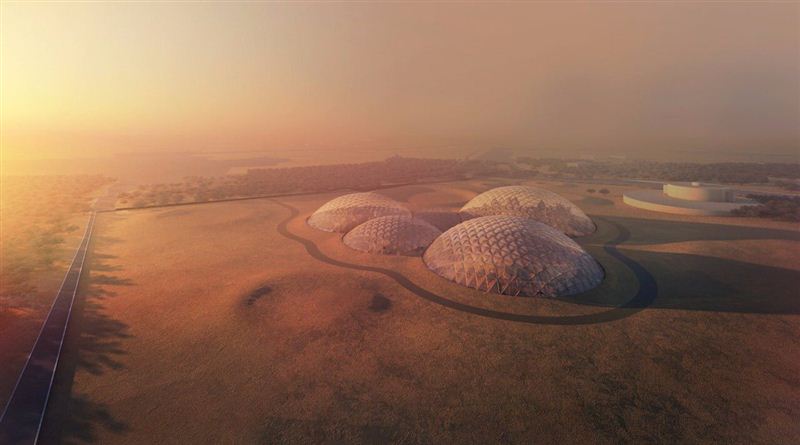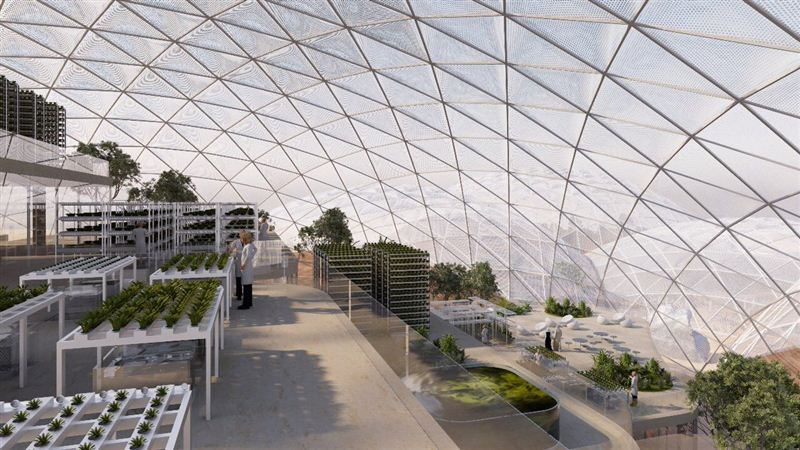
The United Arab Emirates (UAE), a federation of seven monarchies on the Arabian Peninsula is mostly a desert. However, this has not deterred the leaders from setting and achieving lofty goals that include massive building projects, most bordering on the impossible. Dubai, the UAE’s largest and most populous city, is home to the world’s tallest building, the world’s biggest mall, as well as the world’s second largest choreographed fountain system. On September 26, UAE officials announced yet another ambitious project – a space simulation city, the world’s largest, of course!

The Mars City Project, designed by the aptly named Dutch architects Bjarke Ingels Group, or BIG, “will provide a viable and realistic model to simulate living on the surface of Mars.” It is part of the UAE’s Mars 2117 Strategy to lead the global race to land humans on Mars and be the first to establish a settlement there. Sheikh Mohammed bin Rashid, Vice President, Prime Minister and Ruler of Dubai, says, "The UAE seeks to establish international efforts to develop technologies that benefit humankind, and establish the foundation of a better future for more generations to come. We also want to consolidate the passion for leadership in science in the UAE, contributing to improving life on earth, and to developing innovative solutions to many of our global challenges."
Built on the outskirts of Dubai, the 1.9 million square feet city is expected to cost 500 million Dirhams ($135 million). It will comprise several dome-shaped laboratories, similar to the ones envisioned for the first Mars colonists. Scientists from around the world will be invited to conduct cutting-edge research to come up with ways to create food, water, and energy, using techniques which can be replicated on the Red Planet. The living spaces, where the researchers can reside for up to a year, will mimic the planetary conditions as much as possible.

The research city will also include a museum featuring notable space achievements to help educate and inspire children to pursue space exploration and discovery. To test the construction method that will be used by Mars colonists, the museum’s walls will be 3D printed using the sand from the nearby desert. Now, if they would only add some living quarters for the general public to experience life on Mars without leaving Earth, life would be perfect.
Resources: mediaoffice.ae, newatlas.com.